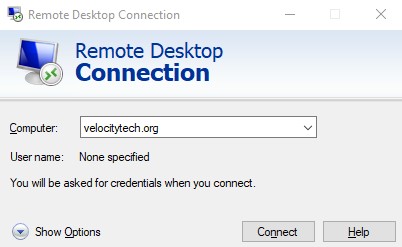Exchange virtual directories messed up beyond repair?
March 3, 2009SCR(Standby Continous Replication) in conjunction with CCR(Cluster Continuous Replication) is your ultimate DR(Disaster Recovery) choice
March 4, 2009With the design of Microsoft Exchange server 2007 Microsoft added some new HA or high availability options that were not available in the previous versions of Exchange. I want to take the time to outline CCR or Continuous Cluster Replication and why it is one of the most anticipated features of Exchange 2007 and the best solution if you are looking for HA in your messaging infrastructure.
To begin there are basically two types of Exchange HA that you can implement. DR, disaster recovery, or HA, high availability. When it comes to these you have two very popular options. The traditional option is SCC(Single Copy Cluster). The latest feature of Exchange 2007 replaces this with CCR(Continuous Cluster Replication). I will outline why CCR is a far superior choice over SCC.
- There exists no single point of failure. When you implement SCC it requires a shared SAN which becomes your single point of failure.
- Shared storage or a SAN is not a prerequisite for CCR. However, if you go with an SCC solution you’re going to need to spend tens of thousands of extra dollars on a SAN solution.
- Mailbox server can span two locations. This is probably one of the greatest accomplishments of Exchange Server 2007. It has the ability to have a mailbox store at two locations. If something happens to site A site B can pick up where it left off.
- Better failover design. With CCR you maintain two independent copies of the log file and database data. This is a big improvement and decreases chance the same failure will affect both servers.
- Easier to install. Installation becomes easier since there is no shared SAN and the hardware requirements do not have to be identical
- Reduce load on your servers during backup. Since your passive node contains up to date data on your Exchange database you can create your backup jobs on your passive node. This means you can run backups mid day when the entire organization is hammering your active Exchange node. This is completely seamless to the end user as they will notice no degradation while accessing the server.
How it works
Exres.dll is gateway for clusters responsible for bringing resources online offline.
Every 500 milliseconds UDP packet heartbeat
Quorum resource is a shared disk that holds the configuration information all resources need access
Ccr requires:
2003 Server Enterprise
Two network cards
Three hard drives OS/Logs/Databases
Hotfix 921181 – Support for file share witness – http://support.microsoft.com/kb/921181
Recommend Hub Transport for the file share witness
Install CCR
Install x64 OS normally
Join domain
Isolate private nics to private vlan
Hotfix 921181
Install IIS
Install updated msdaps.dll
File Witness Share
Create directory on hub transport
Give the account which is used to run the cluster service full control of sharing and ntfs perms
Create cluster
Go to program files administrative tools cluster admin
Create MNS Quorum
Cluster res “majority node set” /priv mnsfileshare=servershare
Cluster group “cluster group” move
Cluster res “majority node set” /priv
Install Exchange 2007
Heartbeat ports on the switch same vlan can be accomplished through port tagging
Set-transportconfig enable configure transport dumpsters on hub transport server which is required
Maxdumpstersizeperstoragegroup specify the max size of the transport dumpsters queue for each storage group 1.25 times the size of maximum message that can be set.
Maxdumpstertime parameter is how long email message is in the transport dumpster so value of 7:00:00 7 days means you can extended outage of 7 days and no loss of messages
Enable transport dumpster
Set-transpotconfig –maxdumpstersizeperstorage group <size> -MaxDumpsterTime <timespan>
When installing Exchange 2007 make sure you have at least 3 hard drive arrays for the OS, logs, and database files.


